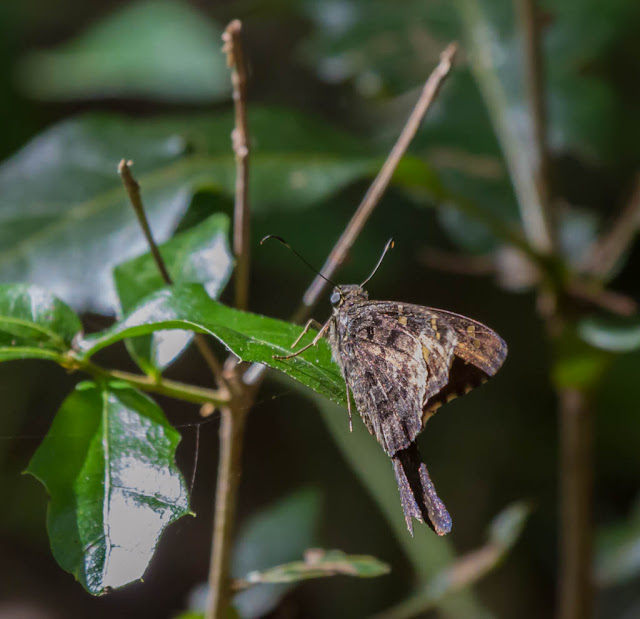Today is Monday, 11-27-17 and we will start home this morning traveling a good portion of the way today so we can get up and going early on Tuesday and get home in the early afternoon to avoid the traffic inTampa. It’s been a great trip with family at sister Marti’s home in Winston-Salem, NC. We will be taking an advanced Florida Master Naturalist course on Coastal Restoration all day Wed, Thurs, and Fri so check our blog, tandlontheroad.blogspot.com, each day for more images.
Red-shouldered Hawk
These hawks occupy the same range as the Barred Owl in the eastern U.S. Both species prefer the same moist woodland habitats and eat similar animals. However, since the hawks are active during the day and the owls are active at night, they don’t compete against each other for prey items.
We took this shot through a screen window of a Red-shouldered Hawk leaving sister Marti’s bird feeder where it had been resting.
Red-tailed Hawk
These beautiful hawks can spot prey the size of a mouse from a height of 100 feet or more.
American Crows
Male Downy Woodpecker
North America’s smallest woodpecker
Male House Finch
The coloring of the male House Finch can range from deep red to golden yellow, depending on available diet during molting.
White-breasted Nuthatch
Lunch time



























































